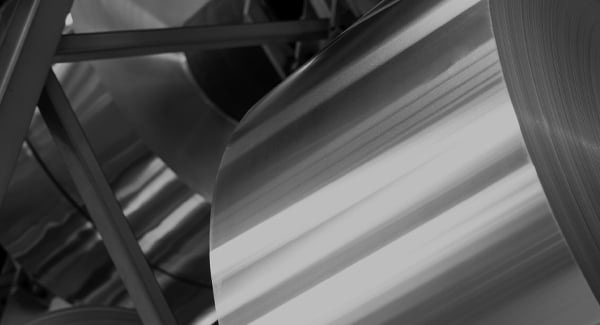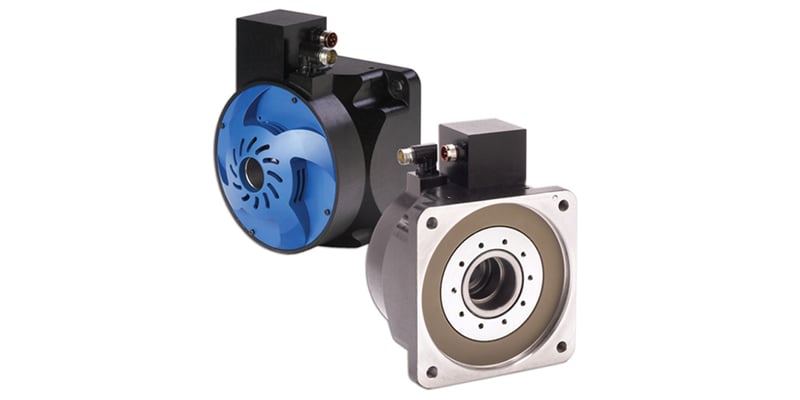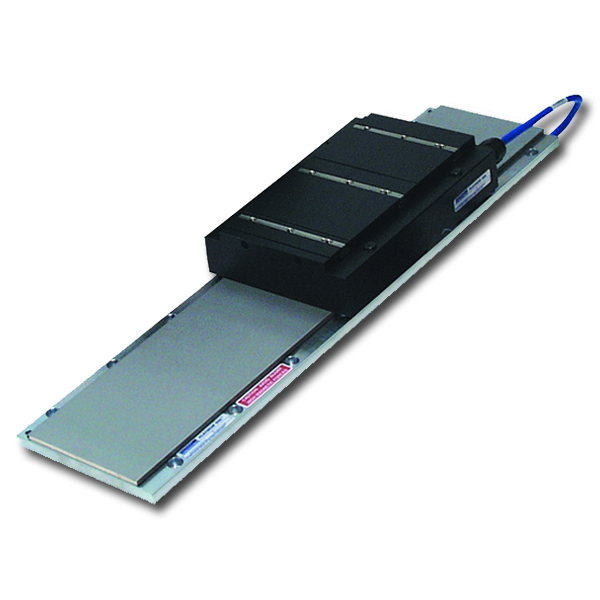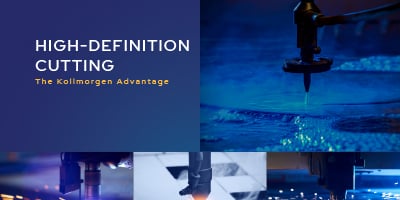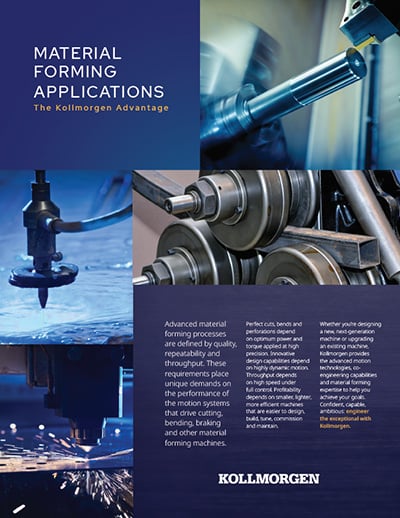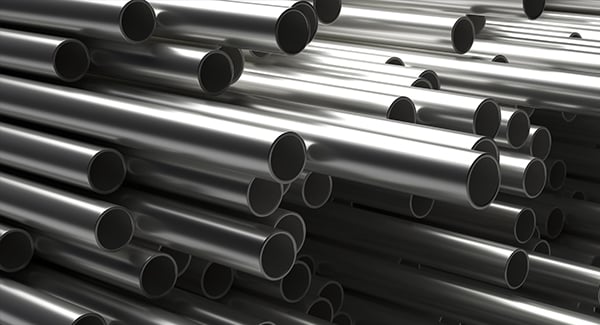
Compared to mechanical and hydraulic presses, mechanical servo metal stamping presses use high torque brushless motors to create more complicated stampings at faster speeds. But the type of motors used—a traditional geared or chain drive system or a direct drive motor—can dramatically impact the final product.
Modern stamping machines are highly sophisticated devices and can be quite expensive. They give fabricators the ability to create precise, often complex forms while meeting the need for high throughput and production. But that high throughput and production can pose a challenge: a higher production volume means it’s more difficult to inspect every piece and spot defects.
For rough parts such as metal cups and cans or automotive parts, the finish on the product is secondary to its function. But for finished parts such as decorative metal trim on cookstoves or dishwashers, such as control panels or door covers, the stamping machine needs to produce products free from any errors.
In a progressive feeding system, the mechanical limitations of a traditional motor and gearbox system create vibration, which impacts the final finish on the product. Traditional application uses oversized servos and gearbox to match inertia of large rolls. This system is also costly to maintain, limits index times and throughput, has a lower power density, and is less accurate. Using a direct-drive motor in next-generation stamping machines can increase speed and stroke optimization while requiring fewer parts and producing much less vibration throughout the process.
Fewer Parts, Less Vibration with Direct Drive
Direct-drive motors allow machine builders to use smaller motors with a high-resolution feedback design that couples directly to the load. This eliminates the need for mechanical transmission, such as the use of a gearbox, which is the area that typically introduces vibration into the production process. This creates a quiet and dynamic operation with a very long system lifetime.
A direct-drive motor is also able to protect the system against excessive reaction torque and reduce system inertia by removing the gearbox and other related transmission elements. When creating finished-good stamping parts, this again helps to minimize vibration and disruption that could cause imperfections and allow for faster production.
Fewer Parts, Improved Performance
Reducing vibration in the stamping process is the principal benefit when selecting a direct-drive motor, but there are other complementary advantages compared to a traditional rotary servo motor: reliability, size, power, speed and ROI. 
Eliminating the gears, pulleys, seals, bearings and other components means that there are fewer parts to maintain and repair. Directly coupling to the load also improves positional, speed and dynamic accuracy. There is no hysteresis, backlash or lost motion in any direction. Any tuning or maintenance to correct for this in a standard mechanical transmission system is eliminated, making it less costly to maintain and repair over time.
Smaller Motor, Same Power

However, a smaller motor doesn’t mean less power. A direct-drive cartridge motor can provide up to 510 Nm of continuous torque with speeds up to 2500 RPM and overall power of 11,700 watts. This can meet the needs of most medium speed and high torque applications, sometimes providing up to 50% more torque density than conventional servo motors. It also dramatically increases the power density of the system. With fewer components, the motor delivers as much power in a reduced size, allowing for a smaller overall machine.
The power and related torque density of direct-drive cartridge motors allows them to achieve higher accelerations compared to similar servo motors. Coupled with the lack of vibration with the removal of the transmission system, this significantly reduces index times and increases throughput because the machines can produce more with less worry about defects.
Reduced maintenance, more power, better throughput, less unscheduled downtime—all of these add up to significantly enhance the profitability of an application. Direct-drive technology allows for a longer usable life with fewer defects and greater production. There are fewer parts to install and maintain, lowering labor and parts cost for a lower cost, and time-intensive, machine. Compared to other types of motors, there is simply a greater ROI for direct-drive motors in metal stamping machines.
Ready to take the next step and learn which direct-drive motion technology is right for your system? Contact one of our motion experts to see what we can do for you.








